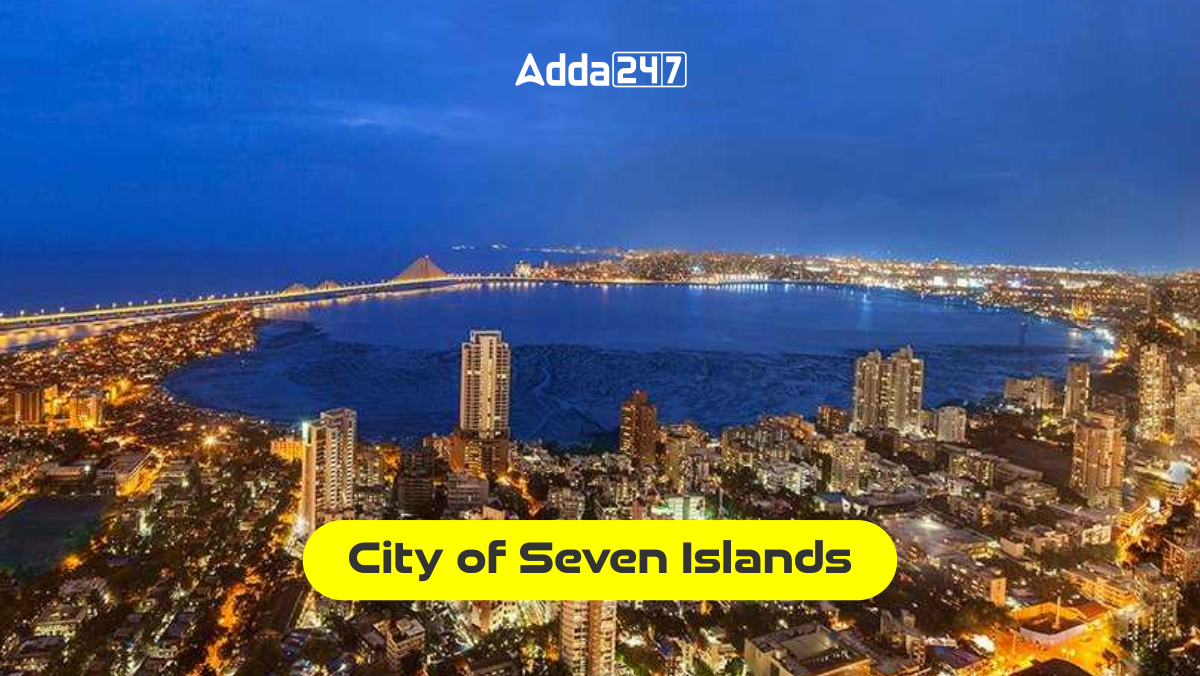City of Seven Islands
Once known as Bombay until 1995, Mumbai pulsates with energy as a dynamic metropolis that never sleeps. Yet, beyond its bustling façade, Mumbai harbors a fascinating history rooted in its beginnings as a fusion of seven islands, earning it the title “City of Seven Islands.” This article explores Mumbai’s transformation, tracing its journey from a marshy archipelago to the vibrant urban hub it stands as today and highlights the unique neighborhoods that grace each of the seven islands.
The Origins
Mumbai’s journey began when the Portuguese princess Catherine of Braganza’s marriage to King Charles II of England in 1662 included the dowry of these seven islands. Subsequently, these islands passed into the hands of the British Crown before being leased to the East India Company for a mere 10 pounds per annum. Recognizing the potential of this natural sea harbor, the Company initiated a plan in 1671 to develop Bombay, which would take nearly two centuries to complete. The unification of the islands in 1838 marked a significant milestone, as the area was filled with soil reclaimed from the sea.
Isle of Bombay
Stretching from Malabar Hills to Donrgi, the Isle of Bombay houses travelers like the Walkeshwar Temple and the hanging gardens. These old boutique stores and landmarks offer a glimpse into the city’s history and spiritual heritage.
| Other Important Articles | |
| Nicknames of Indian Cities | Financial Capital of India |
| City of Prime Ministers | Sweet City of India |
Colaba and Little Colaba (Old Woman’s Island)
Colaba, a neighborhood dotted with colonial charm, juxtaposes modern commerce within the backdrop of colonial architecture. The iconic Gateway of India, the historic Taj Hotel and the bustling Colaba Causeway market are must-visit spots. Street vendors offer factory seconds of international brands, making it a shopping paradise.
Mazagaon
Once a humble fishing village known as Matsya Gram, Mazagaon now serves as one of the city’s harbor ports. It boasts cultural gems like Our Lady of the Rosary Church, the mausoleum of Aga Khan I and Mumbai’s sole Chinese temple.
Worli
A ride across the Bandra-Worli Sea Link provides breathtaking views of Mumbai’s majestic coastline. The engineering marvel offers a half-hour journey filled with uninterrupted vistas of the expansive sky and the deep blue sea.
Parel
Parel has evolved into a bustling residential hub, but it retains remnants of its industrial past in the form of historic textile miles. The few miles that remain offer a glimpse into Mumbai’s industrial heritage. Notable places include the Lalbaugcha Raja Ganpati Temple and the vibrant spice market.
Mahim
Mahim is home to the iconic Mahim Causeway, connecting South Mumbai to the northern and western parts of the city. St. Michael’s Church and the domed Makhdoom Ali Mahimi shrine are cultural landmarks that enrich the area’s heritage.
Find More General Studies News Here




 Weekly One Liners 15th to 21st of Decemb...
Weekly One Liners 15th to 21st of Decemb...
 World Basketball Day 2025 Celebrates Bas...
World Basketball Day 2025 Celebrates Bas...
 UN Celebrates Second World Meditation Da...
UN Celebrates Second World Meditation Da...







